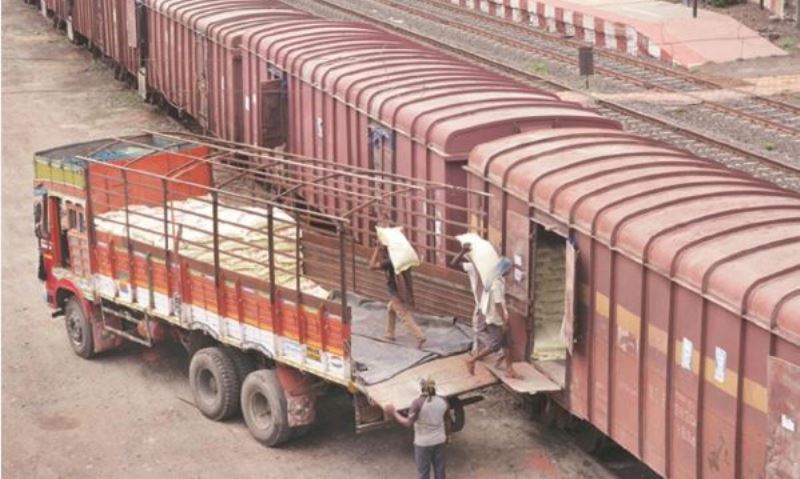Indian Railways has launched a new policy for boosting the movement of bulk cement, with an aim to increase its modal share of the commodity by developing bulk cement handling terminals and rationalizing freight rates.
Under the new policy, Railways will charge a flat rate of ₹0.90 per tonne per kilometre when the commodity is moved in special tank containers developed by Container Corporation of India Ltd (Concor).
Additionally, the national transporter will build bulk cement handling terminals across the country through public-private partnerships to facilitate the rapid and cost-efficient movement of the commodity from production centres to consumers.
Railways may repurpose poorly patronized assets, such as goods sheds (handling not more than 12 rakes in the preceding 12 months), loop lines, and others, for redevelopment if a potential bidder proposes to transform them into a Gati Shakti Cargo Terminal (GCT) for cement. The locations for such bulk terminals will be identified in consultation with cement manufacturers.
Gati Shakti Cargo Terminals are a government initiative to develop new and modernize existing rail cargo terminals across the country, aimed at boosting logistics efficiency and multimodal connectivity.
“The policy is a game-changer that will aid Railways in increasing its share in the multi-modal transport of key commodities. Cement is the first commodity to be included under this focused logistics solution by the transporter. More industries will be identified by Railways for reforms and focused policy measures,” Railway minister Ashwini Vaishnaw said on Tuesday while announcing the new policy.
Industry-friendly move
The development of bulk cement handling terminals, along with the shift from an earlier, complex haulage rate structure to a system based on actual tonnage—removing distance and weight slabs—fulfils the industry’s expectations, according to experts.
“Most bulk cement movement involves shorter leads, with transport distances of less than 300km, where earlier rates made it unviable for the industry to move cement through Railways. This timely policy will ensure that the country’s large infrastructure projects benefit from faster and more efficient movement of cement,” said Aparna Dutt Sharma, secretary general of the Cement Manufacturers’ Association.
Bulk cement consumption is on the rise and has already crossed 50% in metros. Transportation of bulk cement from the plant to terminals near consumption centres in specialized wagons is both cost-effective and environmentally friendly, Railways said in a statement.
According to the railway ministry, cement production in the country in 2024-25 stood at 450 million tonnes (mt), and is expected to rise to 600mt by 2030. Current bulk cement consumption accounts for 17% of total cement production and is likely to rise to 30% by 2030.
The total loading of cement by Railways stood at 87mt in 2024-25, with bagged cement (in covered wagons) at 80mt and bulk cement (in special wagons and containers) at 7mt. Bulk cement carried by Railways accounts for about 10% of total cement movement.

